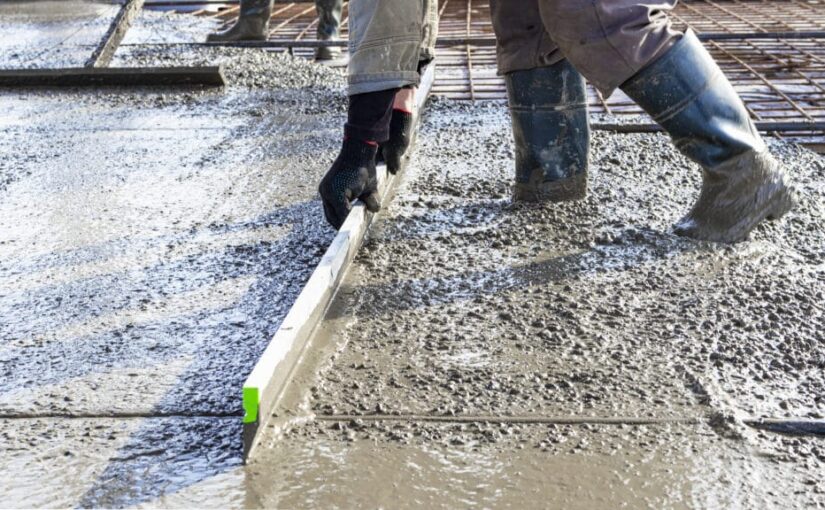Concrete pavers are the ideal material to achieve a classic, unadorned aesthetic while fitting seamlessly into landscapes that emphasize nature.
Even though concrete paving costs more upfront, its long-term savings on maintenance costs and energy consumption is substantial. Concrete’s reflective nature allows it to reflect solar heat rather than absorb it.
Modern Stepping Stones
Stepping stones add a modern flair to garden designs, especially when used with gravel as the texture provides visual balance while the stones provide structure and definition.
To prevent cracking, select a concrete slabs Melbourne mix designed for stepping stones – such as Quikcrete Fast Setting Concrete Mix with its fast-setting formula that includes additives that speed the drying time of concrete so you can walk on them as soon as they set. Doing this allows you to walk on them on the same day!
The type of stone used for stepping stones will also influence their appearance and durability, such as crushed granite. Crushed granite features an ideal surface that resists wear-and-tear, which makes this choice suitable for stepping stones.
Rustic Pathway
Rustic pathways add charm and sophistication to natural landscape design. From basic concrete stepping stones laid loosely across a garden setting, or more complex solutions such as pallet DIY. Fill any gaps with hardy ground cover plants for color, texture and scent.
Stepping-stone pathways offer one of the quickest and easiest ways to create walkways. Alternating large and small stones creates a more random effect.
Use paver pathways to form meandering walkways through your garden. They can be laid in herringbone patterns, running bonds or circular designs. Plus you can even use them to border flower beds or add decorative edges. Plus these pathways work great both straight and meandering paths!
Garden Stepping Stones
Garden stepping stones can add functionality and style to your garden space, as well as being an engaging class project for kids to participate in.
Stepping stone artisans often combine other materials into the concrete mixture and embellish their finished stepping stones with embellishments or decorations. For instance, gardeners might fill a concrete paver with natural elements like moss or decorative pebbles for an earthier appearance.
Some stepping stones can even be personalized with children’s names or birthdays to create a sentimental pathway. Plaster of Paris is an eco-friendly material made for use with children, making this activity safe. Once set, they must be sealed to prevent rain or mud damage while protecting against sunlight’s effect on changing their color over time.
Contemporary Pathway
If you want a modern pathway design that’s both easy to create yet still looks smart, try arranging concrete pavers into a diamond pattern. This style is an ideal option for narrow garden spaces while adding plenty of texture. Utilizing grout with contrasting colors will further elevate this form of paving.
Curved paths add visual interest and connect separate areas of a garden together, like this Denver garden that connects seating and fire pit zones via an organic-looking path.
Curved garden edging can also soften the look of concrete paving, making it appear more natural. Here, a garden urn and plantings adorn a simple sidewalk to bring harmony to the entire garden.
Garden Edging
Garden edging can often be overlooked and thought to be something only professional gardeners or landscapers add to their gardens, yet well-defined edges are an excellent way to create an eye-catching garden while keeping grass and plants separate from one another.
Some edging materials can be more costly than others; when selecting materials, keep your budget and how often the edging will be used in mind when making your selections. There are also DIY lawn edging ideas which are quick and inexpensive to implement – perfect for weekend projects!
Corten steel is an excellent material to create modern designs as it can bend easily into curves. Wood can also give off an appealing rustic aesthetic but needs to be maintained regularly to avoid rotting. Pressure-treated wood may leach harmful chemicals into the soil and damage your garden.

